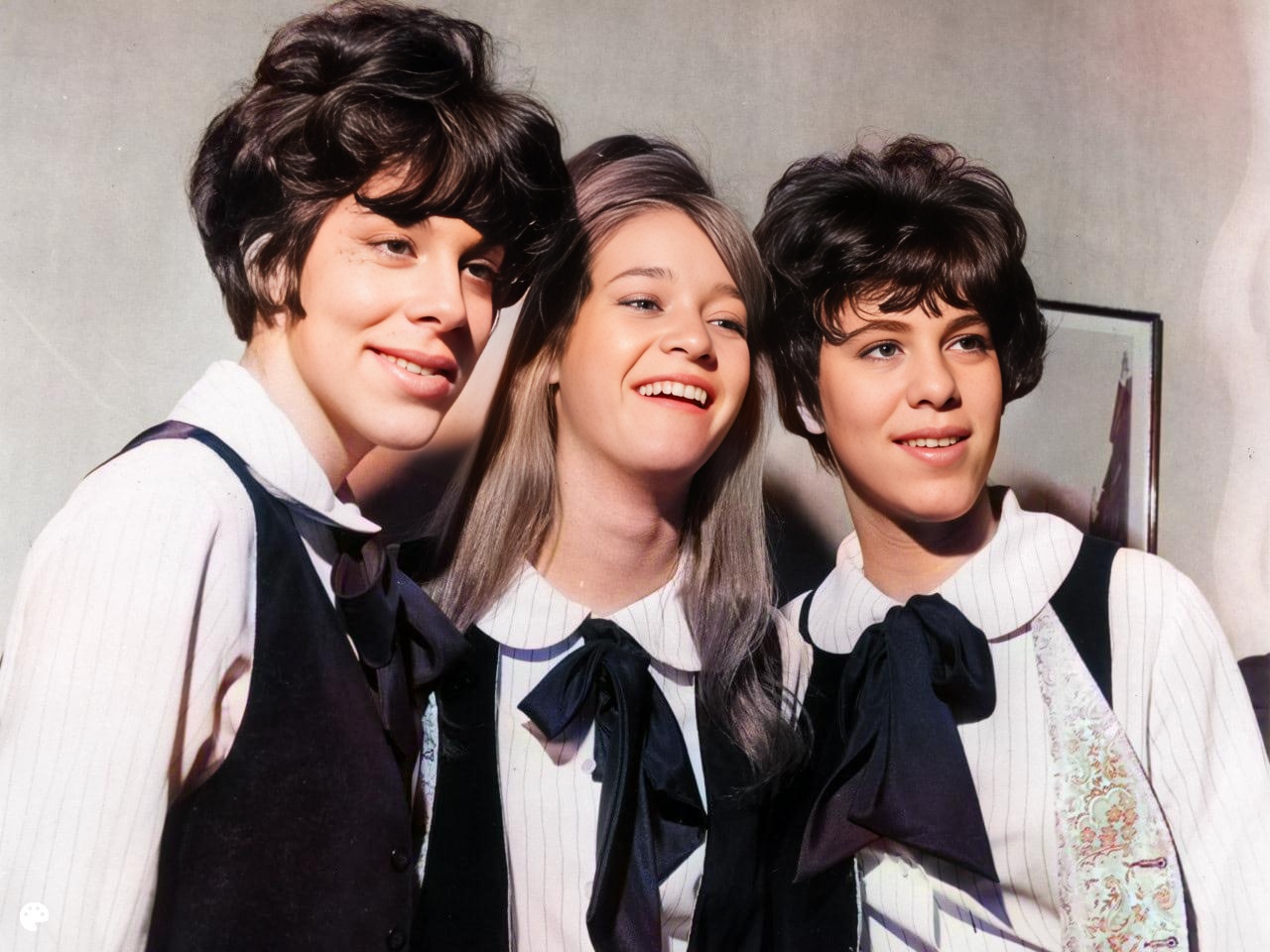
“Leader of the Pack,” a quintessential girl-group anthem, catapulted The Shangri-Las to international fame in 1964. Hailing from Queens, New York, The Shangri-Las, consisting of sisters Mary Ann and Betty Weiss, and twins Mary and Margie Ganser (later replaced by Ellie Greenwich for live performances), were known for their dramatic narratives and edgy, streetwise image, a stark contrast to the polished pop of their contemporaries. Signed to Red Bird Records, their distinct blend of doo-wop harmonies and melodramatic storytelling quickly resonated with teenage audiences.
“Leader of the Pack” wasn’t just a hit; it was a cultural phenomenon. The song topped the Billboard Hot 100 chart, solidifying The Shangri-Las’ place in music history. This success propelled them into the top echelon of girl groups, earning them appearances on popular television shows and solidifying their position as teen idols.
The song itself tells the story of a young woman forbidden by her parents to date a “bad boy” – the leader of a motorcycle gang. Driven by parental disapproval, she sadly ends the relationship, only to have him die in a motorcycle accident shortly after. The dramatic narrative, complete with roaring motorcycle sound effects, resonated deeply with teenagers experiencing similar conflicts and anxieties.
“Leader of the Pack” struck a chord with audiences for its relatability and its unabashedly melodramatic delivery. While some critics initially dismissed the song’s simplistic lyrics and theatrical sound effects, its emotional impact was undeniable. Teenagers embraced the song as a powerful expression of youthful rebellion and the bittersweet pangs of forbidden love. To this day, “Leader of the Pack” remains a classic, a timeless testament to the power of storytelling in popular music and a defining song of the girl-group era.